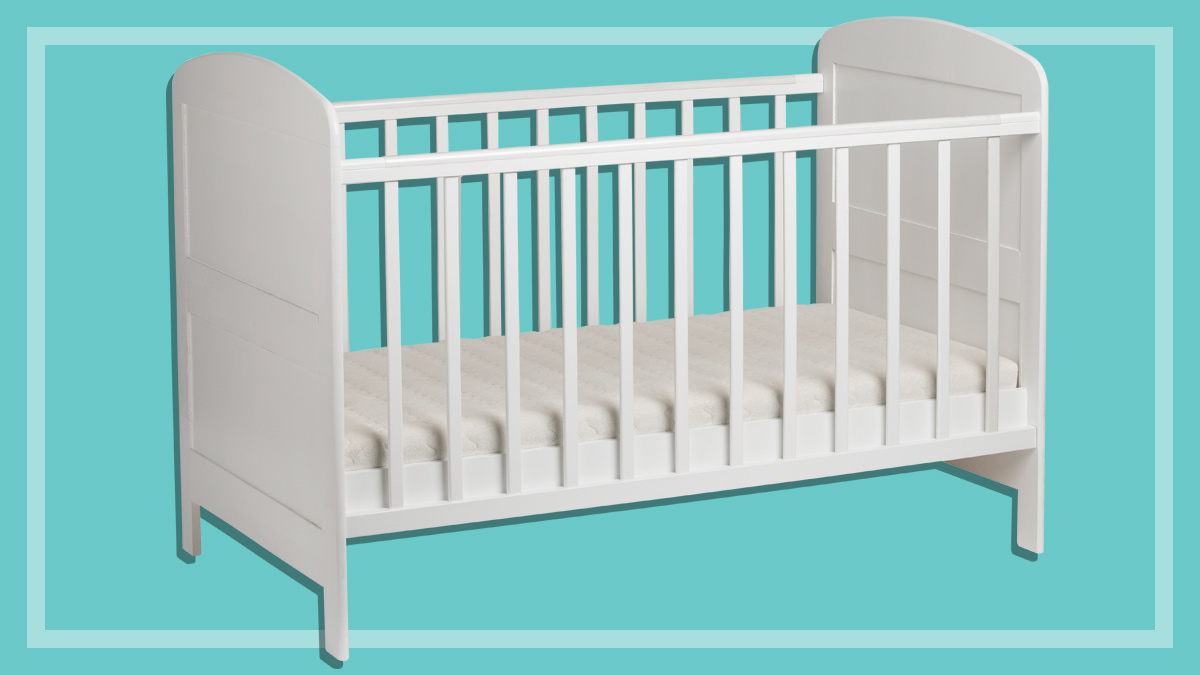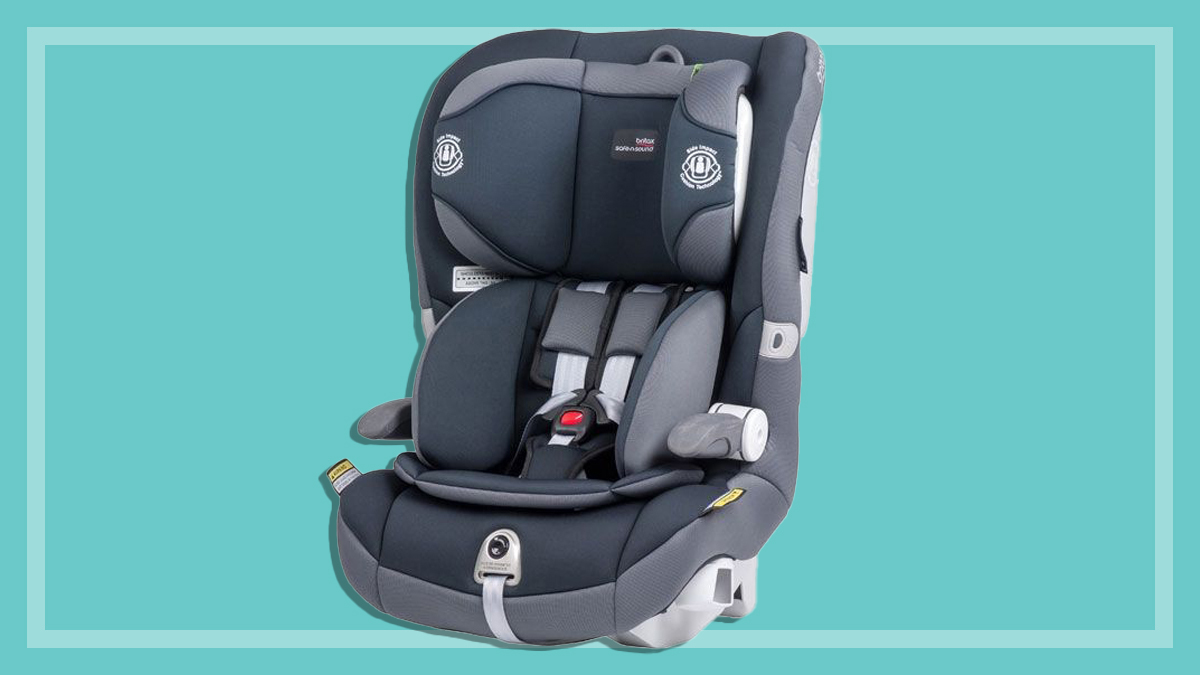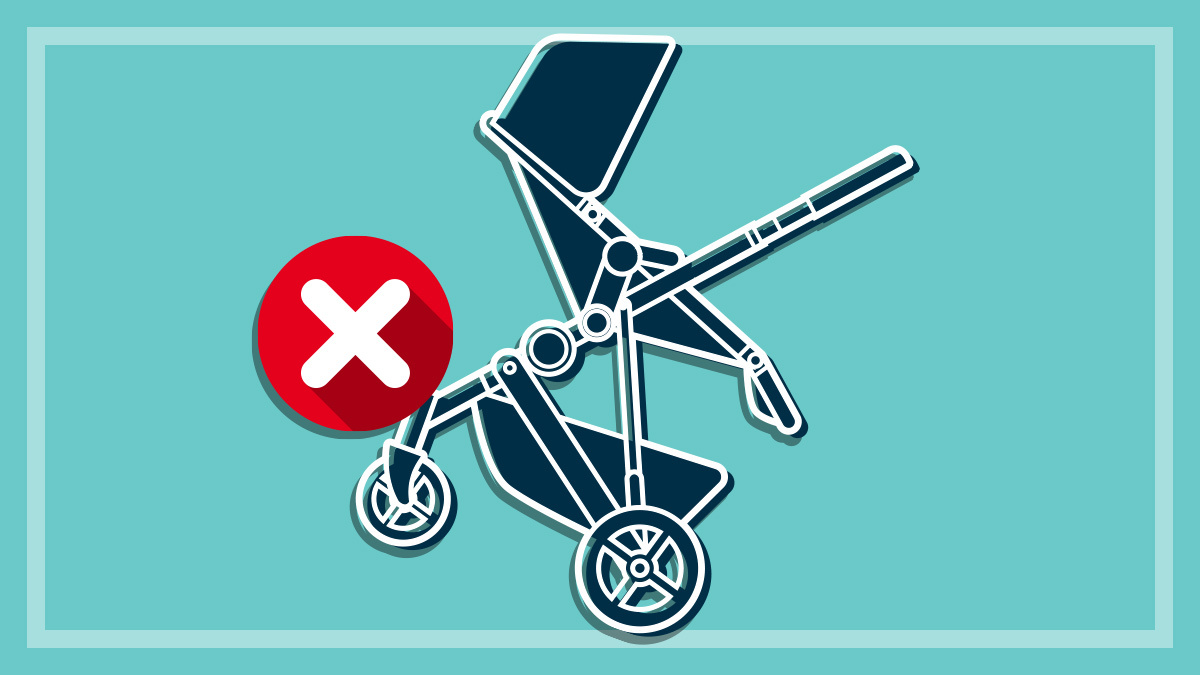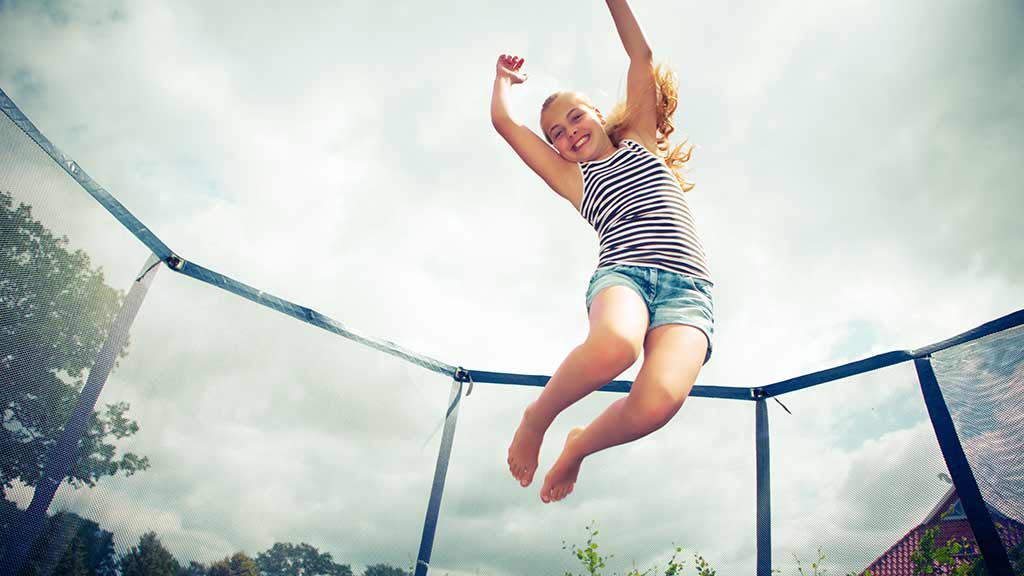Get our independent lab tests, expert reviews and honest advice.
How to kit out a nursery for less
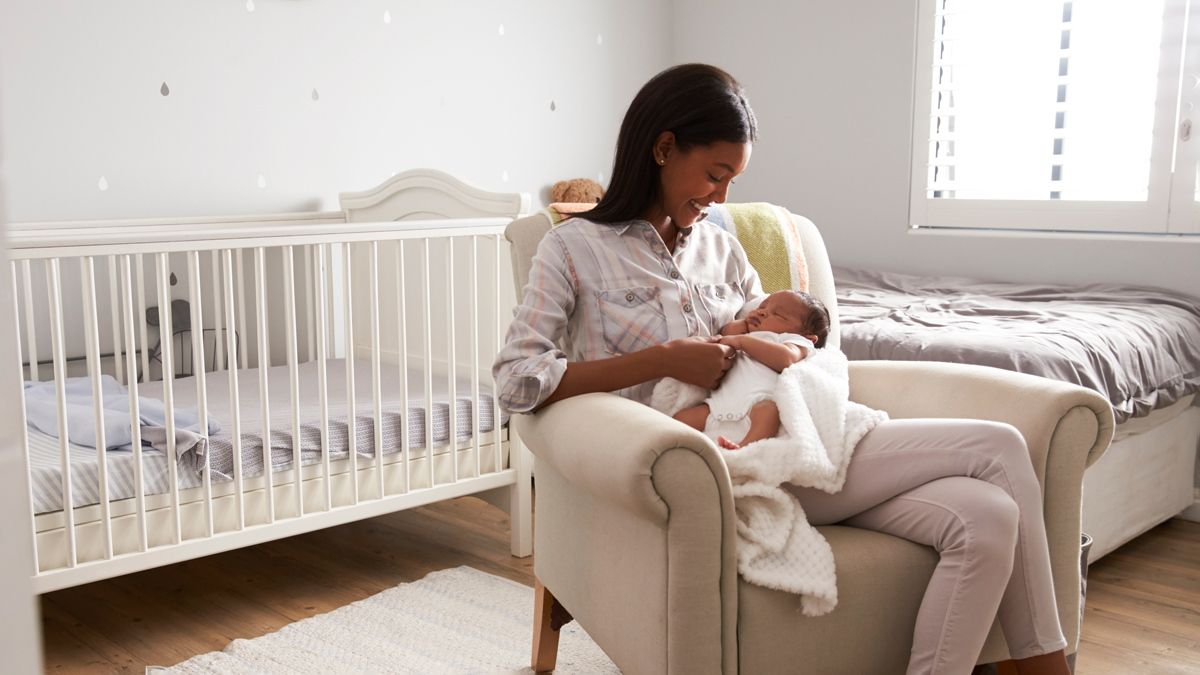
Having a baby can be expensive, and if one parent is taking time out of paid work once the baby’s born, money can be extra tight.
Plus, let’s be honest: there’s virtually no limit to how much you can spend on baby things, and it can be easy to get carried away!
If you’re on a budget or you just want to be sensible about what you’re buying, start planning well before you hit the shops.
To cut down on what you need to spend, it’s a good idea to decide on what’s a ‘must-have’, what’s a ‘nice-to-have’, and what you can avoid buying altogether.
Then do your research before you buy so you can find the best option for your budget. This will save you having to repair or replace products that don’t last the distance, perhaps because they’re unsafe or just not that easy or practical to use.
Here we share our tips for what to leave out and what to really think about. Plus, for CHOICE members, we’ll reveal the nursery products that’ll give you the most bang for your buck.
Baby products you probably don’t need
There’s no end to the number of baby products on the market. Once you start Googling anything even remotely related to pregnancy or children, expect to be inundated with ads for products you didn’t even know existed.
But plenty of them are either luxuries or just things designed to separate you from your money. And children are expensive, so think long and hard about any non-essential purchase before you buy.
Humans were keeping babies alive long before the invention of white noise machines and heated wipe holders, so yours will probably be okay without them!
And remember: humans were keeping babies alive long before the invention of white-noise machines and heated wipe holders, so yours will probably be okay without them!
Here are some products you can probably leave off your shopping list.
1. Heated wipes holder
There’s no denying that babies don’t love cold wipes on their bottoms in the dead of winter – and who can blame them? But once you’ve had some practice, nappy changes are pretty quick and Junior will be okay with a few seconds of contact from a wet wipe.
2. Nappy disposal system
No-one likes the stench of smelly nappies. But disposable nappies create enough waste as it is – why add more plastic to landfill?
These units tend to be bulky, and the replacement cassettes can cost up to $20 and will only last you about two to three weeks, depending on nappy changes.
Get yourself a bin with a lid and empty it often – who wants dirty nappies in the house for days on end anyway? Your baby will have to live with the world we’ve created. Don’t add to the pollution.
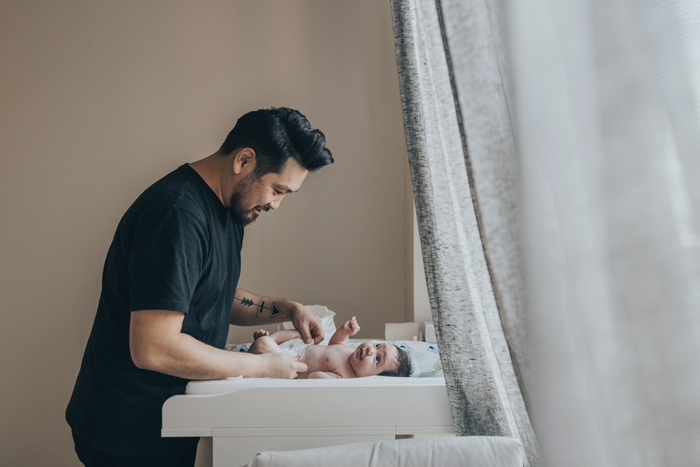
3. A standalone change table
There’s no skirting around it: you’re going to be changing a LOT of nappies. But there are lots of ways to do it, and you might find that you end up changing nappies where it happens to be most convenient at the time, rather than trekking into the nursery every time.
And if your child ends up being especially active, once they’re crawling, a raised change table can become a hazard – it’s a long way to fall if they decide to practise their crawling while you’re reaching for a wipe.
Honestly, a nappy changing pad on the floor or bed works perfectly well, but if you’ve got a bad back or you’ve had a c-section you might need something that’s raised to make it easier.
If you do decide you want a change table, make sure it earns the space it takes up: buy one that has plenty of storage such as drawers or shelves so you can keep using it even when your child is out of nappies.
4. Bassinet
Babies are only tiny for a very short period of time, so it’s likely that they’ll grow out of a bassinet before you know it. Plus you’re going to have to buy a cot at some point anyway – why buy two things?
Concerningly, there is no Australian Standard for bassinets, and many of the ‘trendy’ bassinets you might see on influencers’ Instagram accounts are actually unsafe.
If you do decide to go ahead with a bassinet, check our bassinet reviews first. We base our test methods on existing standards for similar products such as cots and cot mattresses.
Bassinets can be great for smaller spaces, and since it’s recommended that your baby sleep in the same room as you for at least six months, a bassinet will fit where a cot won’t.
But if you have room for a cot in your bedroom and you’re trying to keep costs and clutter to a minimum, you can skip buying a bassinet and go for a cot instead.
Baby items you could wait to buy
You just can’t predict what kind of baby you’ll have – perhaps they’ll be a ‘velcro baby’ and will only nap on you and nurse for hours on end. Or maybe they’re going to be an independent spirit who hates swaddles and can sleep through anything.
And you also don’t know what your parenting journey will be like. If you have a c-section or birth injury, certain tasks will be more difficult than others. Maybe your dreams of using cloth nappies will be too much work if you’re exhausted or suffering from postnatal depression. Perhaps you’ll find yourself pounding the pavement every day to keep the cabin fever at bay.
Rather than buying every single baby product under the sun on the off-chance you’ll use them, hold off until you know what you’ll need
Depending on your situation, some products will be absolute lifesavers, while others will just sit on the shelf gathering dust. Rather than buying every single baby product under the sun on the off-chance you’ll use them, hold off until you know what you’ll need.
These are the products that can probably wait.
1. Portable cot
You might love spontaneous holidays, but travelling with a baby isn’t always easy. Portacots can be expensive and bulky – do you really want one clogging up the spare room if you don’t absolutely need it?
Wait and see what your new life looks like before you start booking mini-breaks and road trips. And bear in mind that some hotels, Airbnbs and other types of accommodation can supply a portable cot so you won’t need to bring one with you anyway.
2. Baby monitor
Baby monitors can be incredibly helpful or incredibly annoying, depending on a number of factors.
If you live in a two-storey house or the nursery is a long way from the kitchen and living room, a baby monitor can be a good way to keep an ear out or an eye on your child.
But babies can be pretty noisy creatures and some baby monitors will pick up every little sigh, snore and snuffle so you might be on high alert for nothing. And some kids will settle back to sleep on their own quickly.
Although it’s nice to think you’ll have plenty of downtime when the baby is sleeping, sometimes babies have other ideas.
If you have a clingy baby, you’ll probably either be stuck under them at nap time, or have them strapped to you in a carrier – in which case a baby monitor won’t be necessary. Or perhaps you’ll be so tired that you’ll just want to nap when they do.
If you don’t want to splash out hundreds on a baby monitor, use a baby-monitor app in conjunction with the smartphone or tablet you already own
Denis Gallagher, CHOICE technology expert
Given that some baby monitors can run into the hundreds of dollars (the most expensive one we’ve tested costs nearly $800!), it’s definitely worth holding off until you know you’ll use one.
“Another option to consider if you don’t want to splash out hundreds on a monitor is to use a baby monitor app in conjunction with the smartphone or tablet you already own – these can cost as little as a few dollars and are also included in our baby monitor reviews,” says CHOICE technology expert Denis Gallagher.
“Or you could use a wireless security camera, which essentially does the same job as a baby monitor and might offer you better bang for your buck. We have tested a few lower cost options as baby monitors in our wireless security camera reviews.”
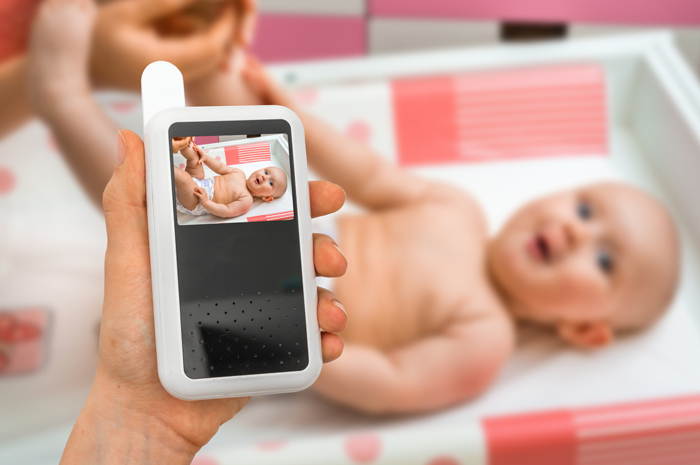
3. Cot
If you’re really short on space and cash, you can hold off on buying a cot before your baby is born. If you decide to use a bassinet while your baby is tiny, you won’t need a cot immediately – in which case you can put off buying one until your little one is big enough.
Just bear in mind that babies grow quickly, so yours might outgrow the bassinet before you know it.
4. High chair
Yes, babies grow quickly, but you’ll have four months at least before they start on solids. Save yourself the hassle of having to store a high chair until you actually need it.
A high chair is one item that you don’t necessarily need to spend a fortune on. We’ve tested many cheap high chairs that score just as well as models that are much more expensive. Some of the high chairs we’ve tested cost more than $500, which is a huge investment for an item that’s going to be covered in soggy Weetbix and bolognese, and that will only be used for a few short years.
Be careful buying second-hand
If you’re on a budget, buying second-hand can really help your money go further – and it’s better for the environment to reuse and repurpose than buying brand new.
But second-hand isn’t always safe. Depending on the age of a product, it may not meet current safety standards, and if it’s been damaged it could injure your little one.
And there are plenty of dodgy products out there, even if you’re buying brand new – we frequently come across baby products that fail our safety tests.
What not to buy second-hand
Don’t be tempted to buy a second-hand cot mattress: an old mattress may be a SIDS or breathability risk if it’s too soft.
And you just don’t know how a mattress has been cared for in its former home – mattresses in damp or humid environments are prone to mould, and second-hand mattresses could be full of dust mites that can irritate a baby’s sensitive skin.
Buying a second-hand car seat isn’t the best idea either – we suggest you buy new if you can. If you can’t afford a new one, we’ll explain what to look for when buying a used baby car seat or capsule.
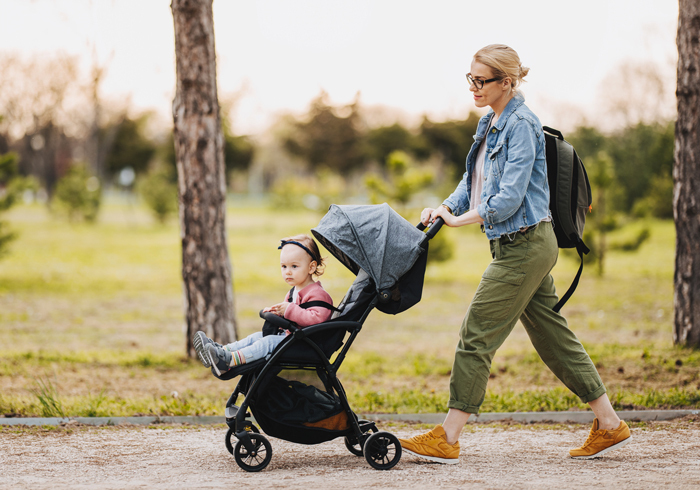
Tips for buying second-hand baby products
But with other baby products, it’s perfectly fine to buy second-hand as long as you do your research and shop carefully. If you’ve found a product that meets your needs and is the right price, there are a couple of steps you should take before you commit to buying:
- Do a Google search of the make and model to see if the product has been recalled for any reason.
- Check our reviews to make sure it meets safety standards. If it’s a discontinued product, you can still search for it on our site.
- Take an experienced parent friend with you to inspect the product – they may be able to offer some advice on whether it’s in good condition and if everything looks to be in order.
- Find out if the product has been in an accident or sustained any damage.
- If you’re buying a second-hand cot, find out its exact dimensions to make sure you can buy a mattress that fits snugly inside – a poor-fitting mattress can pose a SIDS risk.
- Make sure that all parts are in working order and don’t have any sharp corners or parts that little fingers might get trapped in. For prams, double-check that the brakes work properly.
- Ask for the instruction manual if the seller has one. You may also be able to find it online.
- If you’re not sure about a product, then don’t buy it – it’s better to be safe than sorry.
The best value nursery products from our tests
Our in-house experts put hundreds of children and baby products through their paces in our labs each year. They know exactly what makes a product safe or unsafe, and how to tell if a product is worth spending your money on.
Our detailed reviews include information about each product’s performance, ease of use, durability, safety and features.
Only CHOICE members can access our detailed testing data. If you’re not yet a member, join CHOICE to get instant access to all of our expert, independent reviews, from prams and strollers, cots and cot mattresses, change tables, fridges and washing machines through to TVs, health insurance and more.
Or log in to unlock this article and find out which cheaper baby and nursery products score highly in our testing and get the safety tick from experts.

